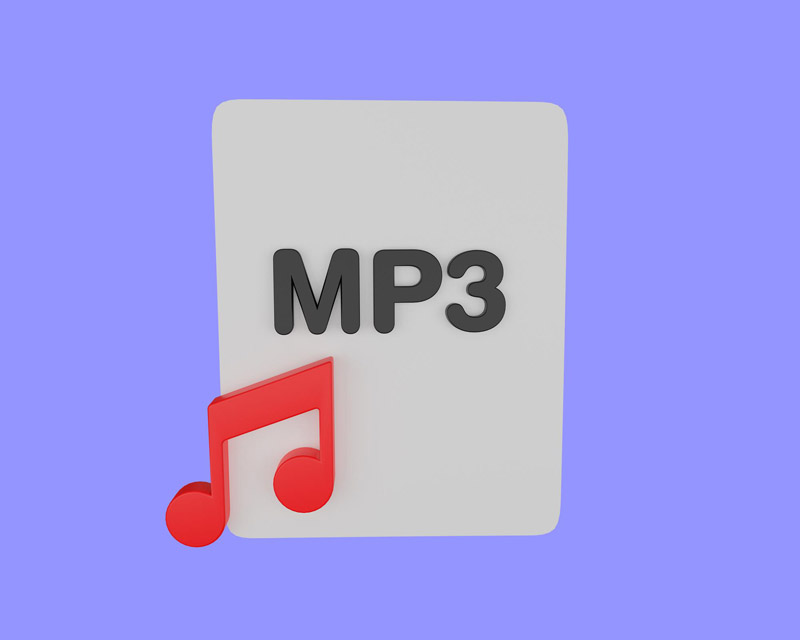If you make podcasts, play music, or make music mixes as a DJ, you need to know how to compress audio files to make them smaller. If you want to save space on your device, it can also be beneficial to understand how to compress audio files. Here are efficient ways to cut down the size of big audio files to make them easier to work with.
Using Monkey’s Audio for Windows, you can compress audio files.
Most people can’t tell a big difference between such a lossy 320kbps MP3 and an uncompressed 1411kbps file, so if you only listen to music occasionally, a lossy format with a good bitrate should work. On the other hand, severe audiophiles and sound nerds can be very picky, and they don’t like it when you mess with their sound quality.
An audio compressor like Monkey’s Audio for Windows should do the trick if you require your music in a lossless format. The service squeezes lossless files without changing the sound quality. It also gives developers open-source code they can use in their programs. The best thing about Monkey’s Audio might be? There is no cost.
Compress MP3 files using iTunes or Apple Music
Whether you still use iTunes on Windows or have decided to switch to Apple Music on macOS, it’s easy to convert and deform audio files once you’ve decided which audio type to use. In both apps, almost all of the steps are the same.
- Go to Settings > Files > Import Settings in Apple Music. Or, go to Preferences > Import Settings in iTunes.
- You can alter how files are shipped by choosing a different option from the Import Utilizing dropdown menu in the new window.
- Most people will be better off heading with an MP3 format. If you want to save more space, you can choose to make the quality a little lower by clicking on Settings > Custom.
- Next, correct the file you would like to compress and choose to Create an MP3 Version.
- The software will then condense the audio file based on your chosen quality settings and drop the new file correctly into your music collection.
Audacity can shrink the size of audio files.
It’s simple to modify audio files with iTunes, but not everyone uses Apple or iTunes. Audacity is another tool that is often used to compress audio files. There are versions of the software for Windows, Mac, and Linux. Audacity has a lot of tools for video editing audio, and it can also shrink the size of audio files.
Even if you’ve never was using sound editing software before, the interface may be intimidating, but it’s easy to use to reduce the file size:
- Start Audacity and open your file.
- Go to File > Export and choose the type of file you want to save.
- Choose a Bitrate Method (variable or constant) and a Quality under Format Options.
- Click Save to save a file that you just compressed.
You can also change the sound waves themselves with Audacity. Since they are already quiet, you can delete the flat parts of the wave. After you’ve done these things, click File and choose Export as MP3 to turn the file into a format that is easy to store.
Use an online audio compressor.
You could use an online service instead of downloading and setting up software if you don’t want to. Most of these tools have many of the same features as tools you can use offline. One great option is 123apps’ Web-based Audio Converter, also accessible as a Chrome extension for added convenience.
It has an interface that is simple to utilize and lets you choose the format you want. There are common formats like MP3, WAV, M4A, and FLAC, but there are also less common formats like the iPhone ringtone format. You can transform audio system files or services like Google Drive and Dropbox that let you store files online.
A slider lets you change the bitrate among 64, 128, 192, and 320 kbps. The Universally applicable tab lets you change things like the sample rate and whether you prefer mono or stereo output. After making these choices, click the Convert button. It’s a simple and effective way to reduce the size of an MP3. Online tools can do more than shrink audio files. You can find even more powerful apps in our free online audio editors guide.
How to Cut the Size of an Android Audio File
You can do so with several Android apps if you need to condense an audio file on your phone. One software that does the job pretty well is called Audio Video Manager. You can choose an audio file and convert it to different formats, such as MP3, AAC, or the lossless FLAC.
You can convert files without compressing them or do both simultaneously. Toggle the Condense alternative on or off, choose whether you desire a varying or constant bitrate, and then choose the bitrate itself. You can choose anything from 32kbps, which is not very good, to 320kbps, which is very good.
Pick your method and get started compressing.
You now know how to reduce the size of MP3 and other audio files. Any of the above tools will do the job, and most are easy to use. When you record your audio, you have to compress it, or you’ll end up with huge files that are hard to share or use. But that’s just one part of what needs to happen. To make your sound more professional, you need to follow many tips.





